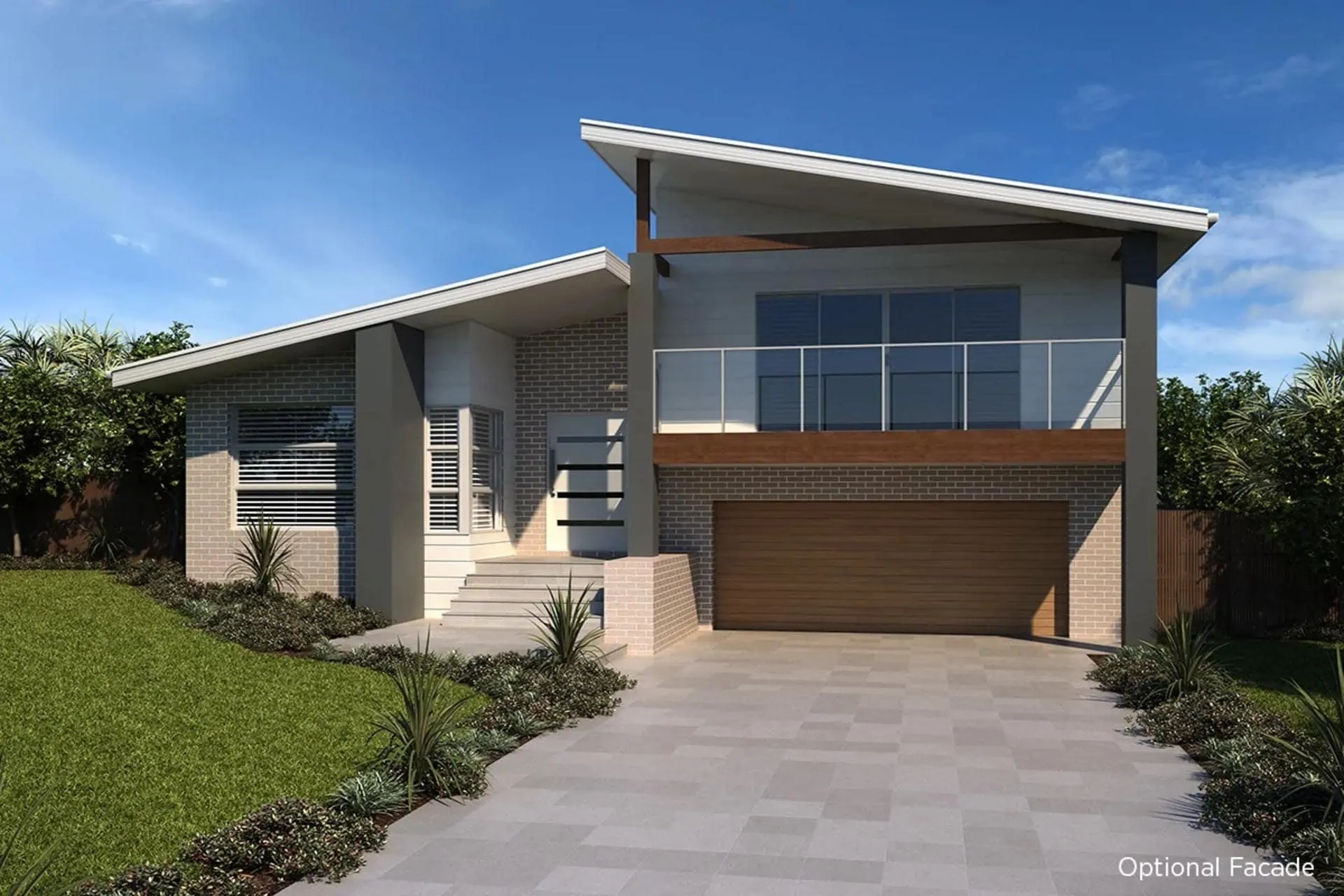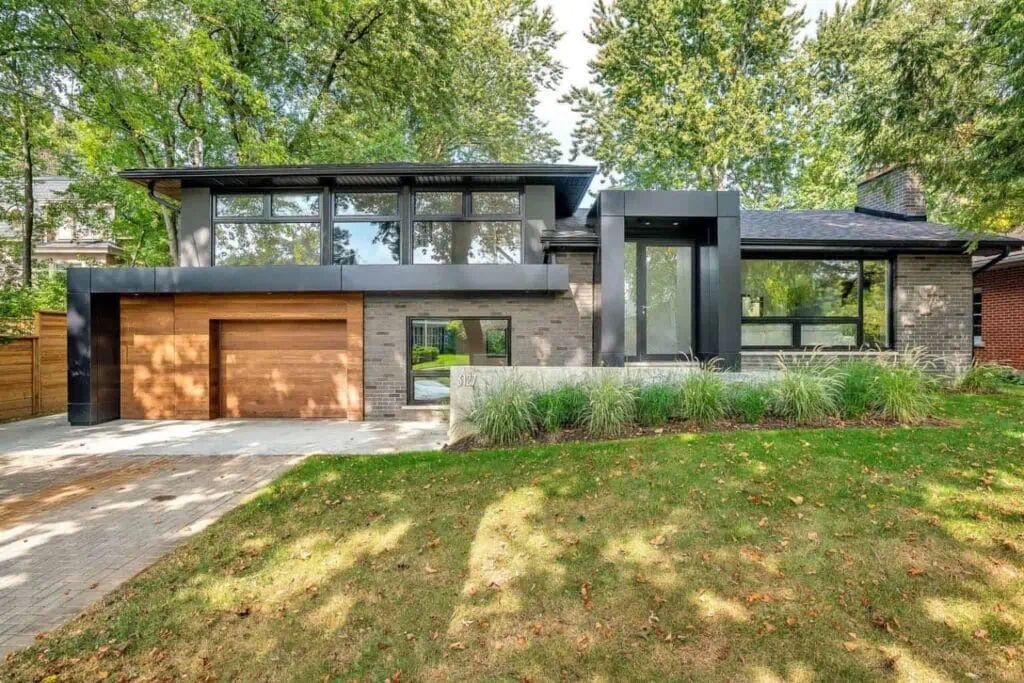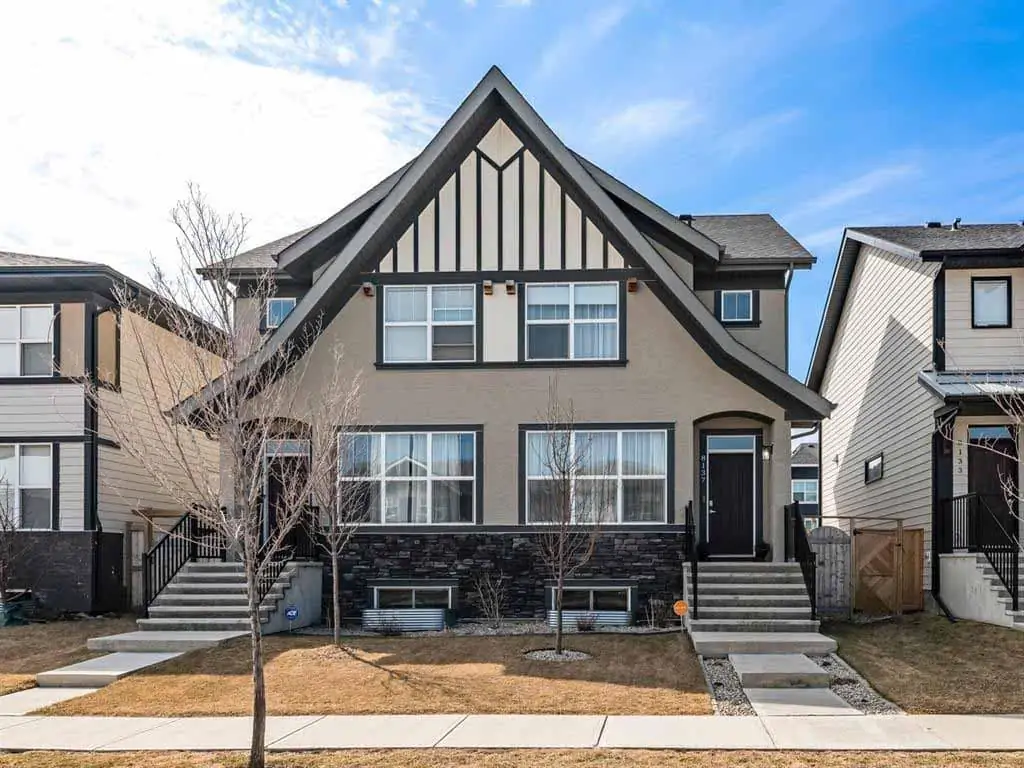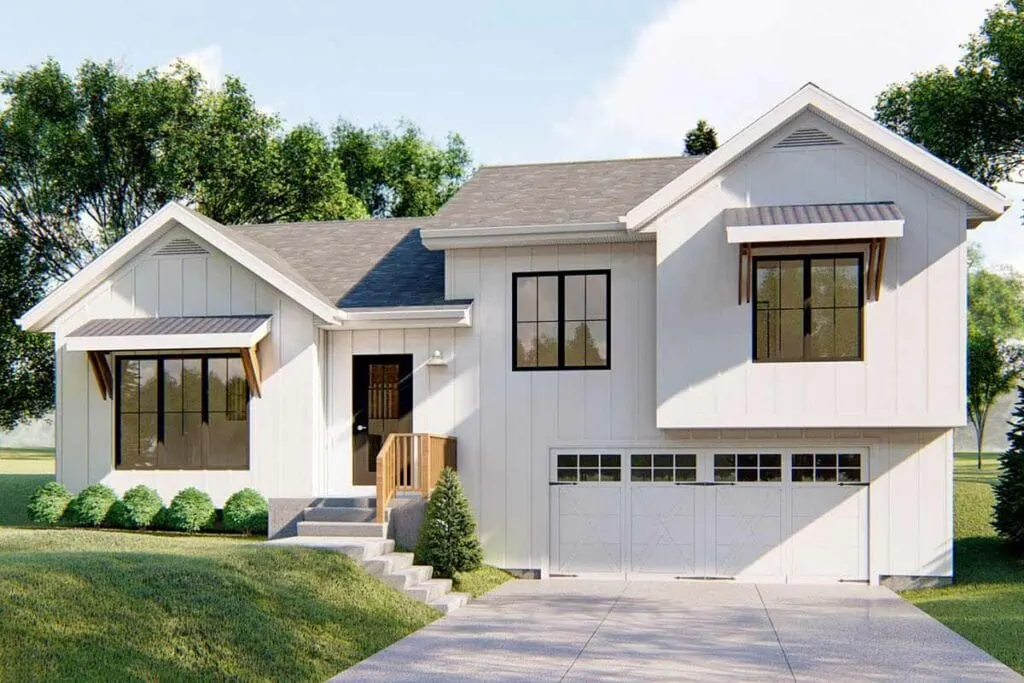
What You Need to Know About Split-Level Houses Before Buying
Houses come in all shapes and sizes these days. Most people would prefer a two-story house for their first home. But other people choose to go with a condo unit instead. For larger families, a three-story house might be a more attractive option.
If you’re one of the people who have their eyes already set on a split-level type of house, how do you know which one to get? Which features should you look for in a home? Why should you consider getting it over other house types?
We’ll get to all of these later on in this article. But the first question we need to answer is this: what is a split-level house?
Header image source: Mincove Homes
What is a Split-Level House?
A split-level house is essentially a home with staggering levels or floors. All split-level houses have at least three floors. Split-level houses can have more than three floors but never less.
People often confuse a split-level house with a simple two-story or bi-level house. They’re quite similar in their features. But one key feature that a split-level house has is that it has two structures.
The basement and third floor of a split-level house usually sit atop each other. The main floor is in a separate structure, but it’s still adjacent to the two-level structure.
Types of Split-Level Houses
There are a lot of types of split-level houses, but there are two main types—the side-split and the back-split.
Side-Split

Image source: One Kindesign
The one pictured above is a side-split house. This type has the main structure and the two-level structure side by side. Again, there could be modifications to this design, but the point is that the two structures are always beside each other in a side-split house.
Back-Split

Image source: Brenda Coulter
A back-split house is also sometimes referred to as a front-split house. Regardless, this type simply means that the main structure is in front of the two-level structure. In some houses, only the main level can be seen from the curb. You’d have to look at the sides of the house to see that it’s a split-level house.
Pros and Cons of Split-Level Houses
Is a split-level house the right type for you? Here are some pros and cons to consider.
Pros
A split-level house gives you more surface area. If you have a small lot but you need as much space as you can get, this house type is perfect for you. With its staggered floors, you’ll be able to maximize the space within your home. You might even be able to squeeze in a cozy corner or extra storage space somewhere.
If you prefer having distinct areas or rooms in your house over an open floor plan, you’d appreciate a split-level house for sure. Sections are more defined in this type of house.
Split-level houses are indeed gaining their popularity back. People are starting to move on from open floor plans since it could be quite a hassle to renovate just one part of it.
But even with people starting to prefer split-level houses, the market price for this type of home remains affordable. If you’re looking to buy a home soon, it might be a good idea to hop on this trend before it even starts.
Cons
The biggest setback of a split-level house is its stairs. These make it less accessible for others. If you’re living with elders or differently-abled people, the stairs of a split-level house would be a problem.
Also, if you’re not a fan of going up and down multiple flights of stairs every day, you might want to consider other types of homes. It’s great exercise, though, especially if you can’t set aside some time in your week to work out.
Taking the stairs every day could work to your advantage. That is, only if you won’t mind the tiredness that comes with it. No pain, no gain, right?
What Does a Split-Level House Look Like?

Image source: Modest Mansion
We’ve been seeing its exteriors. But what does a split-level house look like from the inside?
Well, one of the floors in a split-level house should be the main level. It’s usually where the living room, kitchen, and dining room are.
Another floor of a split-level house is the basement. In these homes, the basement usually works as a recreation area. You could always turn it into something else, though, such as a home office or guest room.
Some split-level houses have a garage in place of a basement. Others may also have both the basement and garage.
The third floor of a split-level house is usually where the bedrooms can be found. Again, there could be more floors that serve other purposes. But this is essentially what a split-level house looks like from the inside.
Most split-level houses have a stairway leading to the front door. Then, once you enter the main door, you’re bound to see more stairs near it. One leads to the basement while the other leads to the upper floors.
Depending on the home design, these could be half the height of a standard staircase or a full one. Always consider this when choosing the right split-level house for you.
Buying a Split-Level House

Image source: Architectural Designs
Take your time browsing through home listings to find the right split-level house for you. Consider how many bedrooms and bathrooms you’d need as well as whether you need both a basement and garage or just one of these.
Again, here’s what you need to know about split-level houses before buying:
- A split-level house has at least three floors—the main level, basement, and upper floor.
- There are two main types of split-level houses. A side-split house is where the main level and the two-level structure (the basement and upper floor) are beside each other. A back-split house is where the two-level structure is behind the main level of the house.
- Split-level houses can maximize your space and give you more square footage.
- They’re also still on the cheaper end of the housing prices spectrum. They’re starting to gain back popularity, though, so prices might eventually go up.
- The numerous stairs in a split-level house affect its accessibility. It might also be inconvenient for you, especially when you’re in a rush. It’s a great form of exercise, though.
Once you’ve found your future home, contact a real estate agent to assist you in making the purchase. Here’s a buyer’s guide you can use when buying any type of home.



